
Constantin Coandă was a Romanian soldier and politician.
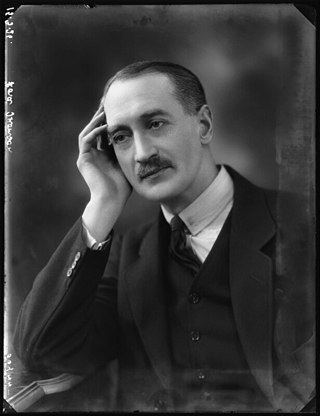
Christopher Birdwood Thomson, 1st Baron Thomson, was a British Army officer who went on to serve as a Labour minister and peer. He served as Secretary of State for Air under Ramsay MacDonald in 1924 and between 1929 and 1930, when he was killed in the R101 disaster.

Ion Ionel Constantin Brătianu was a Romanian politician, leader of the National Liberal Party (PNL), Prime Minister of Romania for five terms, and Foreign Minister on several occasions; he was the eldest son of statesman and PNL leader Ion Brătianu, the brother of Vintilă and Dinu Brătianu, and the father of Gheorghe I. Brătianu. Ion I. C. Brătianu's political activities after World War I, including part of his third and fourth term, saw the unification of the Old Romanian Kingdom with Transylvania, Bukovina and Bessarabia. In 1923, he was elected an honorary member of the Romanian Academy.

Anghel Saligny was a Romanian engineer, most famous for designing the Fetești-Cernavodă railway bridge (1895) over the Danube, the longest bridge in Europe at that time. He also designed the storage facilities in Constanța seaport, one of the earliest examples of reinforced concrete architecture in Europe.
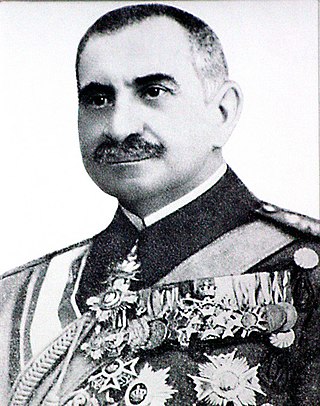
Gheorghe Manu was a Romanian Army general, artillery inspector and statesman. He served as Prime Minister (1889–1891), Minister of War, Minister of the Interior, President of the Assembly of Deputies, and Mayor of Bucharest.
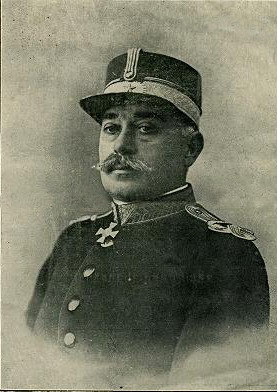
Ioan Dragalina was a Romanian general who died during World War I in the First Battle of the Jiu Valley.
Lieutenant General Teodor Frunzeti was the chief of the Romanian Land Forces Staff from 3 November 2006 to 17 March 2009.

Eremia Teofil Grigorescu was a Romanian general, commander of the 1st Romanian Army during World War I, and Minister of War in the Constantin Coandă cabinet.
David Popescu was a Romanian general during World War II and Interior Minister in 1940.

Henri Cihoski was a Romanian major general during World War I, and Minister of War from 1928 to 1930.

Nicolae Gheorghe Caranfil was a Romanian fencer. He competed in the team foil event at the 1928 Summer Olympics.
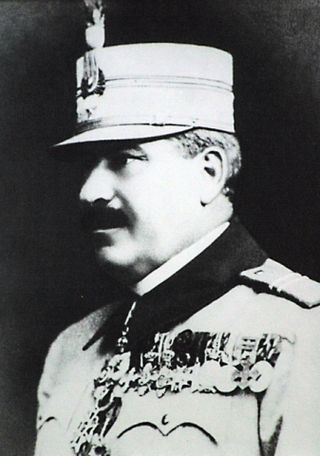
Traian Moșoiu was a Romanian general during World War I and the Hungarian–Romanian War. He held the posts of Minister of War in the Alexandru Vaida-Voevod cabinet, Minister of Communications and of Industry and Commerce in the Ion I. C. Brătianu cabinet.

Constantin Cristescu was a Romanian lieutenant general during World War I, and Chief of Staff of the Romanian Army.

Grigore C. Crăiniceanu was a Romanian military officer.
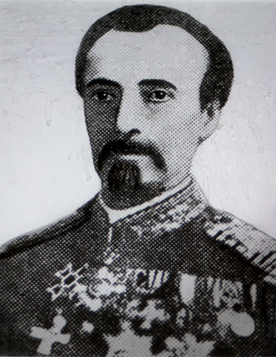
Ștefan Fălcoianu was a Romanian army general who served as Chief of the General Staff and War Minister.
Nicolae Alevra was a Romanian brigadier general and politician who held was Minister of Communications in the first government of Iuliu Maniu.

Nicolae Samsonovici was a Romanian general. In the 1930s, he served as Chief of the General Staff and as Defense Minister.

Ioan Rășcanu was a Romanian general during World War I. He held the post of Minister of War from September 27, 1919 to December 16, 1921. After entering politics, he was elected deputy in Parliament, and served as Mayor of Vaslui (1938–1942) and Bucharest (1942–1944). Arrested in 1947 by the early communist regime, he died several years later at Sighet Prison.
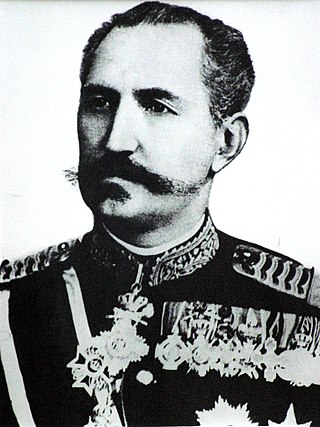
Constantin Poenaru was a Romanian general.

Gheorghe Văleanu was a Romanian major general and military commander. During the First World War he commanded VI., IV. and II. corps and was notable in the Battle of Mărăști and the Third Battle of Oituz.

















